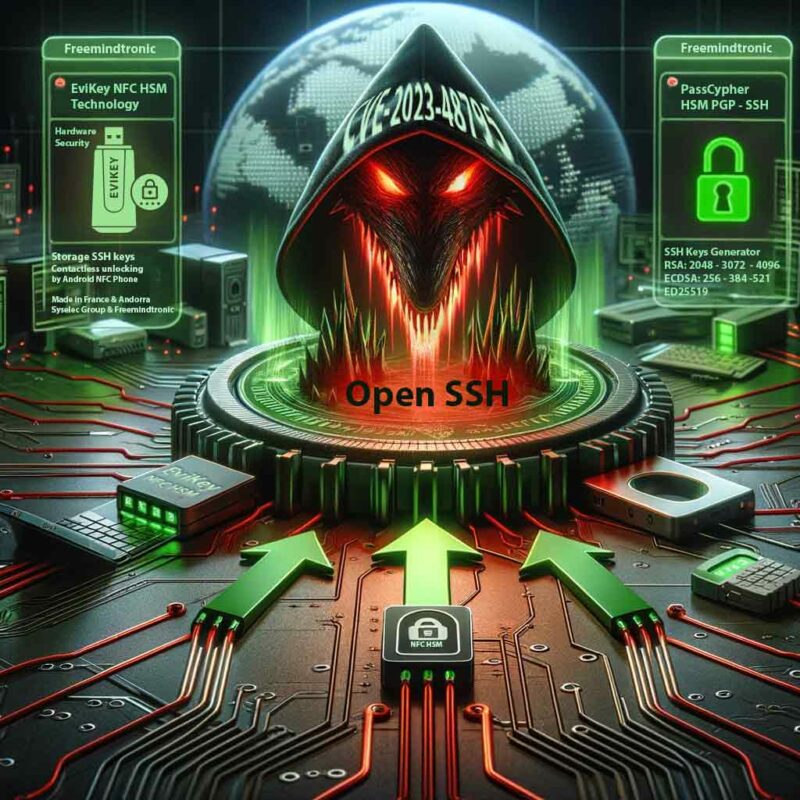Human Limitations in Strong Passwords: Cybersecurity’s Weak Link Passwords are essential for protecting our data on the Internet. But creating a strong password is not easy. It requires a balance between security and usability. In this article, we will explain what entropy is and how it measures the strength of a password. We will also […]
Stay informed!
Join our community of technology enthusiasts! Subscribe to our newsletter and receive exclusive updates on the latest news, special offers, and tips from Freemindtronic. Stay informed on the latest technology trends, discover new products, and be among the first to take advantage of them. Sign up now by entering your email address below. Don't miss any updates from Freemindtronic!








